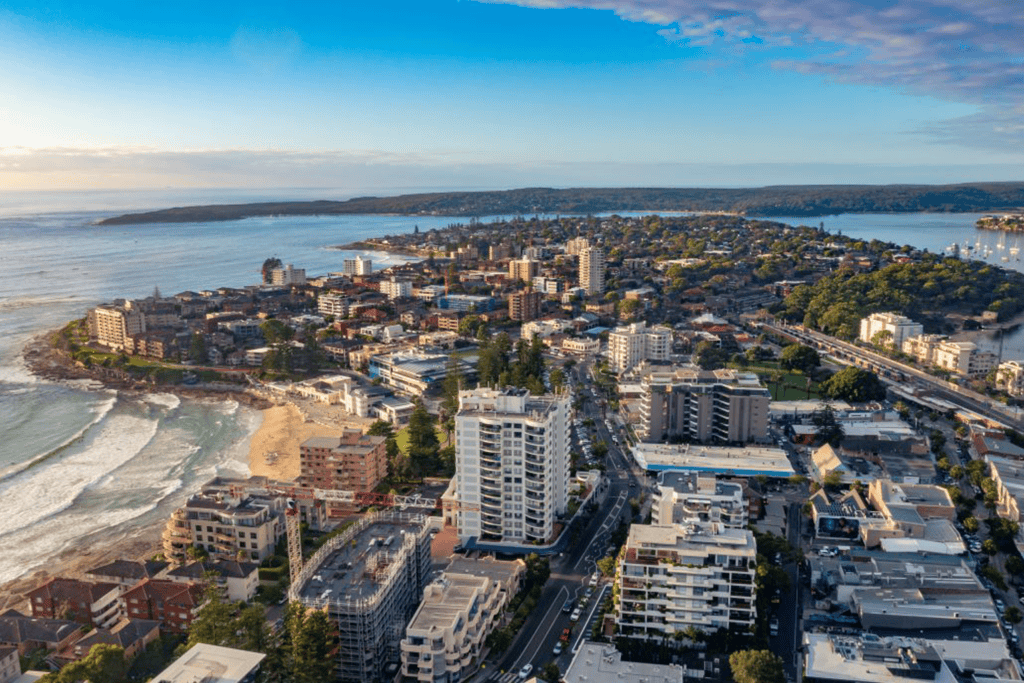The expansion of the global marketplace is bringing investors to Australia’s door as political uncertainty on both sides of the Atlantic creates nervousness.
Investors that normally would be putting their money into projects in the northern hemisphere are being put off as UK Prime Minister Theresa May grapples with Brexit and trying to stabilise her government, and US President Donald Trump remains unpredictable.
“People are more cautious and risk-averse than they used to be,” says Minter Ellison’s Sydney-based M&A partner and Deals Chair, Victoria Allen. “If we look at what they are calling the ‘super abundance’ of available capital, particularly in private equity offshore, Australia is extremely well positioned to benefit from the uncertainty.”
According to analysis by Dealogic, US$45.6 billion worth of mergers and acquisitions deals were done in Australia in the fourth quarter of 2016 alone. There was also a 22% increase in activity to US$41.5 billion in the first half of 2017 compared with the same period last year. MinterEllison’s Allen says this level of activity is unlikely to change any time soon.
Property is popular
There is also substantial international interest in Australian property, with Knight Frank’s Active Capital – The Report 2017 showing Sydney made the top 10 list of major cities for total volume of overseas investment in 2016.
A total of US$5.7 billion came from offshore, which was 55% of the overall investment in property in the city last year. Sydney placed seventh behind New York, Central London, Paris, Berlin, Shanghai and Dublin.

Knight Frank predicts that more than 30% of total global real estate transactions will be cross-border in 2018. “Investors are looking for security of income, liquidity and diversification – all equally important – as are the ambitious corporate business plans of those looking to build global platforms,” Knight Frank Senior Research Director Jennelle Wilson says.
“Sydney has definitely been the focus of offshore investment, accounting for 45% of inflows for 2016 and 2017 to date followed by Melbourne (32%) and Brisbane (10%).”
Knight Frank Joint Head of Institutional Sales Paul Roberts agrees that the case for investing in prime Sydney CBD assets is very strong.
“Record levels of rental growth, significant public infrastructure improvements and low levels of net supply over the next three years will see continued demand from offshore investors seeking to place capital in assets deriving a solid income profile, with genuine prospects for significant capital growth,” he says.
Infrastructure is sexy again
The NSW government is one of the biggest winners in the property boom. Stamp duty on residential property soared almost 10% to $6.8 billion over 2015–16 and this is expected to grow by about 6% a year for the next three financial years.

Some of this windfall is being directed into the state’s long-neglected transport infrastructure. Knight Frank’s NSW Transport Infrastructure Insight June 2017 shows the transport network needs to keep up with demand as the population of greater Sydney – currently more than 5 million
people – is expected to grow by 13% to 2025.
The state government plans to spend $72.7 billion on infrastructure over the next four years and the federal government will add another $18 billion over the next seven years.
“While these projects will have significant implications for a broad mix of industries and the general population, for the industrial sector, they will ultimately shape and determine the direction and magnitude of demand for industrial space in Sydney,” says the report’s author, research analyst Marco Mascitelli.
With infrastructure spending and the ongoing property boom, Australia will remain an attractive destination for global money. Harnessing some of this investment interest will be the challenge for Australian businesses.




